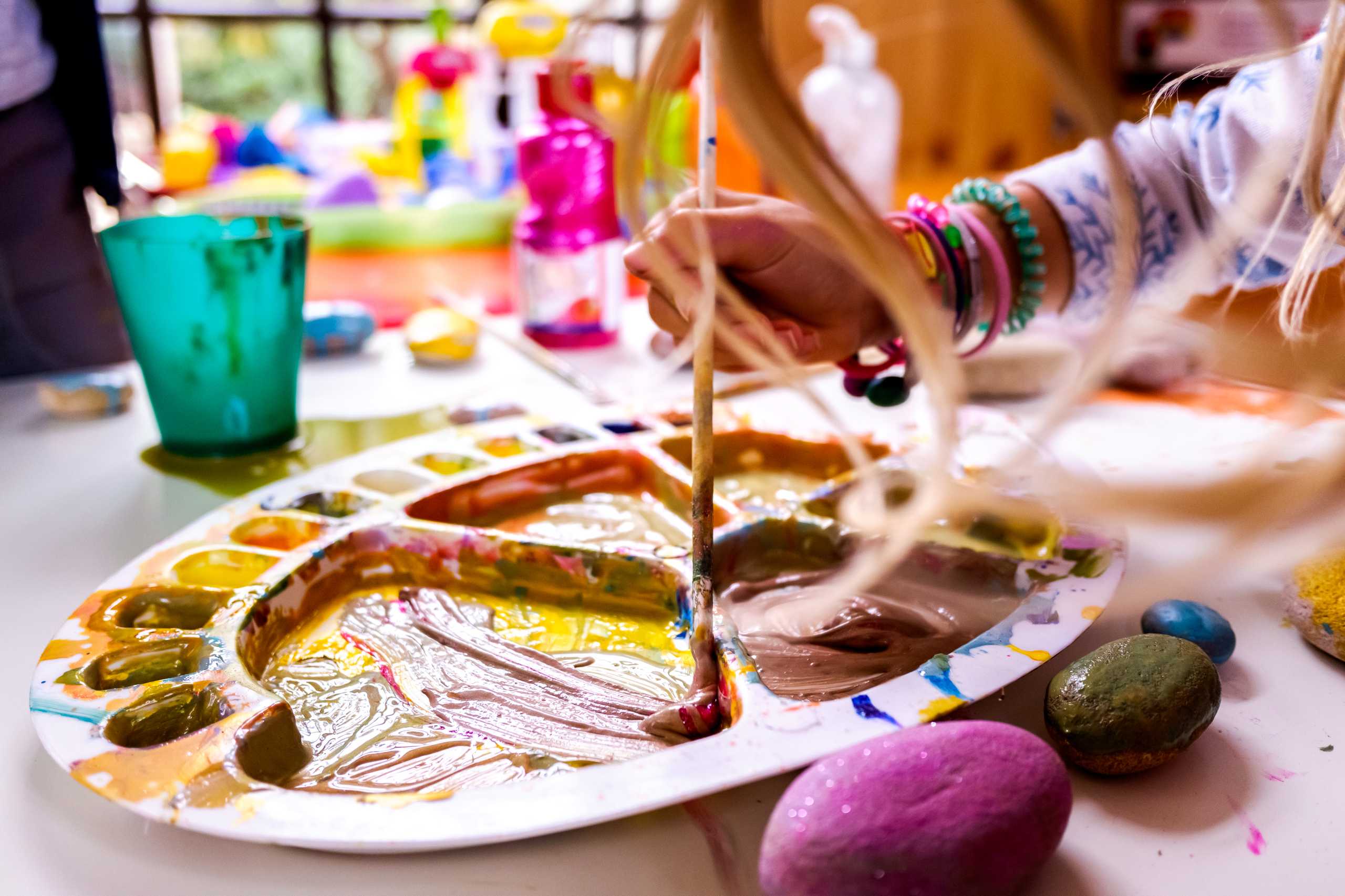Watercolor painting might look effortless when you admire a finished piece, but behind that beauty lies a set of fundamental techniques that bring the magic to life. Whether you’re just starting or refining your skills, mastering these five essential techniques will give you confidence and control while preserving the fluid charm unique to watercolor.
1. Wet-on-Wet: Letting Colors Dance
This technique involves applying wet paint onto a wet surface, allowing pigments to blend and flow naturally. It’s perfect for creating soft backgrounds, skies, or delicate gradients. The unpredictability of wet-on-wet encourages you to embrace spontaneity, as colors mingle and bleed into each other organically.
2. Wet-on-Dry: Precision and Detail
Unlike wet-on-wet, wet-on-dry means applying wet paint onto dry paper. This approach gives you sharper edges and more control, making it ideal for detailed work, defined shapes, or layering colors. Many artists alternate between wet-on-wet and wet-on-dry to balance softness and clarity.
3. Glazing: Building Layers of Light
Glazing involves painting transparent layers over dried washes. Each layer adds depth, richness, and subtle tonal shifts without losing the brightness of the underlying colors. This slow, patient technique allows you to create complex effects — from glowing sunsets to shimmering reflections.
4. Lifting: Correcting and Adding Highlights
Lifting is the art of removing paint from paper to create highlights or correct mistakes. Using a damp brush, sponge, or tissue, you can gently lift pigment from dried or semi-wet areas. This technique adds texture and dimension, making your paintings feel more dynamic and three-dimensional.
5. Dry Brush: Texture and Expression
When you use a brush with very little water, you get a dry brush effect. It produces rough, broken strokes that add texture and expressive detail — perfect for painting grass, fur, or weathered surfaces. Dry brushing can bring energy and contrast to your work.
Balancing Technique and Freedom
While mastering these techniques is important, watercolor’s true beauty lies in the balance between skill and letting go. As you practice, allow yourself moments of freedom — where the paint flows without strict control and surprises happen. This dance between discipline and spontaneity is where your unique artistic voice emerges.
By learning and experimenting with these five core techniques, you’ll unlock new possibilities and deepen your relationship with watercolor. Remember, every artist’s journey is different — embrace mistakes, stay curious, and most importantly, enjoy the process.

